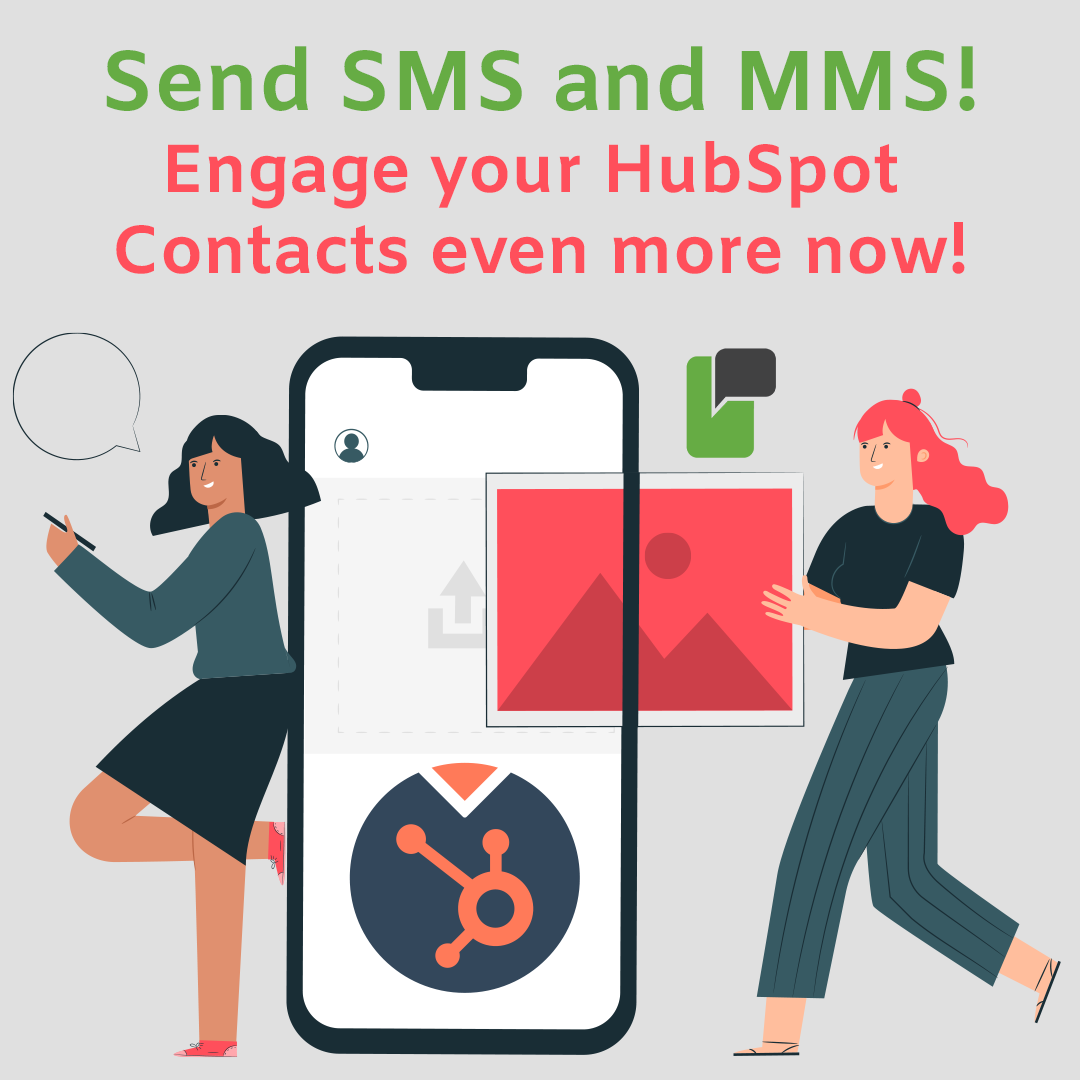📑Table of Contents:
Text messaging has become one of the most effective communication tools for businesses, nonprofits, and organizations. People prefer it because it is fast, simple, and direct. When discussing messaging, two terms come up most often: SMS and MMS. Many people confuse them, but they are not the same. Understanding the difference is crucial for any marketing strategy. Both offer unique benefits, and using them wisely can increase engagement and drive results.
SMS stands for Short Message Service. It is the most common type of text messaging. SMS messages contain only text and are limited to 160 characters. This limitation encourages concise, clear communication. Businesses often use SMS for alerts, reminders, authentication codes, and promotions. SMS works on every phone, including older models. It does not require internet access, so messages are delivered almost instantly. For example, a clinic might send an SMS to remind patients about an upcoming appointment, or a retail store may send a short message announcing a flash sale. These messages are easy to read, act on, and cost-effective for large campaigns.

MMS stands for Multimedia Messaging Service. Unlike SMS, MMS allows for images, videos, audio, GIFs, and longer text messages. This makes MMS ideal for campaigns that rely on visuals or storytelling. For instance, a restaurant can send a photo of a special dish along with a discount. A fashion retailer can include product images or a mini-catalog to highlight new arrivals. Nonprofits can share short videos showing the impact of donations. MMS messages are visually engaging, making them more likely to capture attention and inspire action.
Key Differences Between SMS and MMS
| Feature | SMS (Short Message Service) | MMS (Multimedia Messaging Service) |
|---|---|---|
| Content | Text only (up to 160 characters) | Text, images, videos, GIFs, audio, longer messages |
| Cost | Generally low | Higher due to multimedia content |
| Engagement | Quick, reliable, simple | More attention-grabbing, visually engaging |
| Device Compatibility | Works on all mobile phones | Requires smartphones or media-capable devices |
| Best Use Cases | Alerts, reminders, promotions, authentication codes | Storytelling, product showcases, brand visuals, emotional campaigns |
| Delivery Speed | Instant | Slightly longer due to media, but still fast |
| Limitations | No visuals or media | May not display correctly on older devices |
| ROI Potential | High for urgent, short campaigns | High for engagement and conversions with visuals |
When to Use SMS
SMS is best when communication needs to be fast and straightforward. Customers prefer short, clear messages for updates or alerts. Examples of SMS use include appointment or event reminders, delivery notifications, security codes, and time-sensitive promotions or flash sales. SMS is cost-effective for reaching large audiences. A simple, well-timed SMS can boost engagement without overwhelming recipients. It works best for urgent, actionable messages that require immediate attention.
When to Use MMS
MMS is most effective when visuals enhance the message. Adding images, videos, or audio can improve engagement and drive stronger responses. Examples of MMS use include promotional flyers or branded graphics, event invitations with visual elements, fundraising campaigns with emotional video content, and product catalogs or seasonal updates. Although MMS costs more than SMS, its higher engagement often justifies the investment. By delivering visually rich messages, businesses can create stronger connections with their audience.
How Businesses Combine SMS and MMS
Many marketers use both SMS and MMS together to maximize results. SMS delivers consistent updates, while MMS adds variety and creativity. For example, a retailer might send an SMS with a discount code and then follow up with an MMS showing product images. A nonprofit might send an SMS reminder about a campaign deadline and an MMS video illustrating their impact. Combining both formats ensures clarity, engagement, and a more memorable experience for recipients.
Compliance and Best Practices
Compliance is critical for both SMS and MMS. Regulations like the Telephone Consumer Protection Act (TCPA) require businesses to obtain explicit consent before sending marketing messages. Customers must also have an easy way to opt out. Best practices include always providing value in every message, avoiding overloading recipients with too many texts, personalizing messages using names, preferences, or location, and testing both SMS and MMS to determine what resonates best. By respecting rules and user preferences, businesses build trust and maintain higher engagement rates.
The Future of SMS and MMS
In 2025, SMS and MMS will remain essential communication tools. New technologies like Rich Communication Services (RCS) combine the strengths of both SMS and MMS, allowing multimedia, interactive buttons, and branding within a single message. Despite RCS, SMS continues to lead for speed, affordability, and universal reach. MMS remains valuable for creative, visual campaigns that build emotional connections. Businesses that balance SMS for clarity and MMS for engagement will maximize their impact and ROI.

Final Thoughts
SMS and MMS are not interchangeable; they serve different purposes. SMS delivers speed, simplicity, and reliability. MMS offers visual impact, creativity, and deeper engagement. By understanding the strengths of each and using them strategically, businesses can craft messaging campaigns that are both efficient and compelling.
Combining SMS and MMS provides a complete communication strategy that meets practical needs and emotional expectations, helping brands connect with audiences more effectively in 2025 and beyond.
